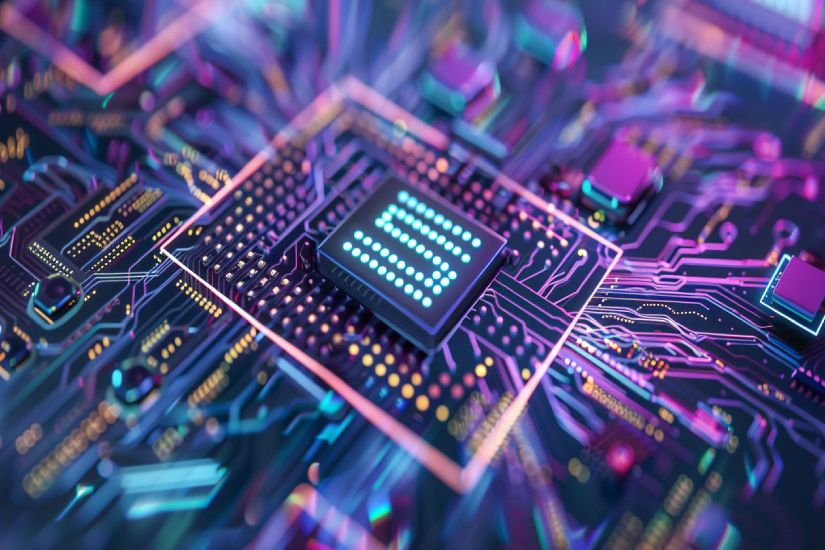Impact of 5G networks on digital marketing strategies

5G networks are revolutionizing the world of technology and communications. With unprecedented speed and capacity, 5G promises to transform not only how we connect, but also how businesses interact with their customers through digital marketing strategies.
How do 5G networks impact your marketing strategy?
1. Improved speed and efficiency
5G networks offer significantly faster download and upload speeds than their predecessors. This has a direct impact on the user experience, allowing for faster load times for websites and applications.
For digital marketers, this translates to the ability to create richer, higher-quality content without worrying about slow load times that can drive users away.
2. Improved user experiences
The low latency of 5G networks means that real-time interactions are smoother and lag-free. This is crucial for interactive user experiences, such as live streaming, augmented reality (AR), and virtual reality (VR).
Brands can offer more immersive and personalized experiences, increasing user engagement and creating a stronger connection with the target audience.
3. More effective mobile advertising
Mobile usage continues to rise, and with 5G, mobile ads can be more dynamic and engaging. The ability to stream high-quality videos and interactive content without interruptions improves the effectiveness of mobile ad campaigns.
In addition, 5G facilitates the use of advanced technologies such as location-based marketing, allowing brands to reach consumers with personalized offers in real-time.
4. Expansion of the Internet of Things (IoT)
5G is a key enabler for the expansion of the Internet of Things (IoT), connecting a large number of smart devices. For digital marketing, this means new opportunities to collect data and understand consumer behavior.
Campaigns can be more precise and targeted, based on real-time data from connected devices such as smartwatches, home appliances, and cars.
5. Better data analysis
With 5G, the amount of data that can be collected and analyzed increases exponentially. Businesses can use this data to improve their digital marketing strategies, personalize offers, and predict market trends.
Real-time analytics allow for quick adjustments to campaigns, optimizing results and improving return on investment (ROI).
6. Augmented and virtual reality in advertising
5G facilitates the use of augmented reality (AR) and virtual reality (VR) in advertising campaigns, creating more engaging and memorable experiences. Users can interact with products in a virtual environment before purchasing them, which can increase the deployment of 5G networks is revolutionizing the digital marketing landscape.
Companies that adopt this technology can benefit from improved user experiences, more effective ad campaigns, and a greater ability to analyze data in real-time. However, it is essential to be prepared for the challenges that come with this adoption, including upgrading infrastructure and ensuring data security.
As 5G becomes the norm, brands need to be agile and proactive to make the most of new opportunities. The key to success lies in the ability to adapt quickly and use these innovations to create digital marketing strategies that not only attract, but also retain customers in an increasingly competitive environment.
Ultimately, 5G not only changes the way we communicate, but also how businesses can connect and grow in the digital world.